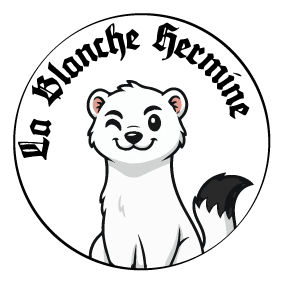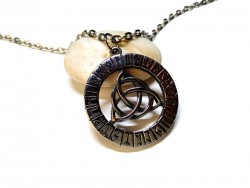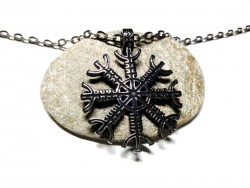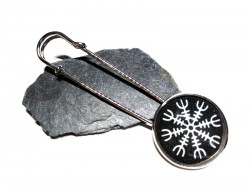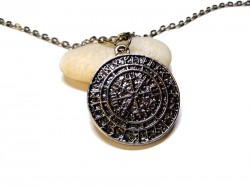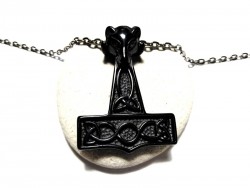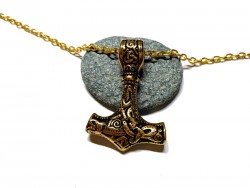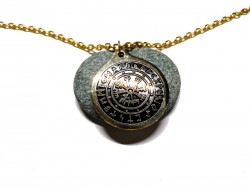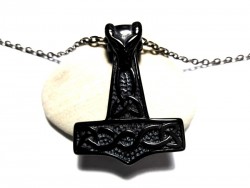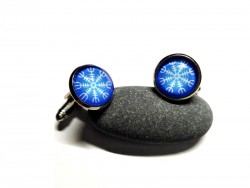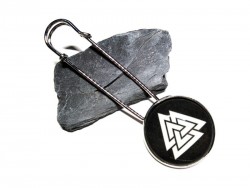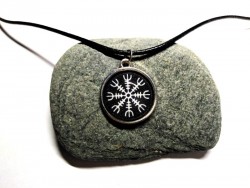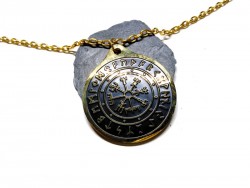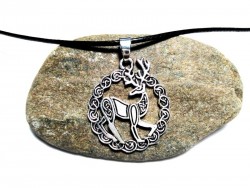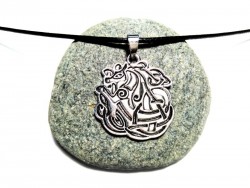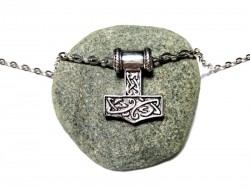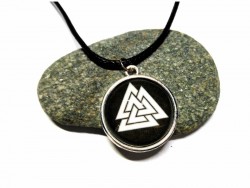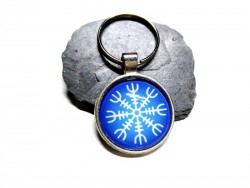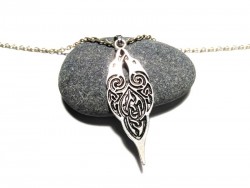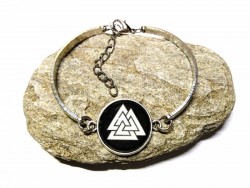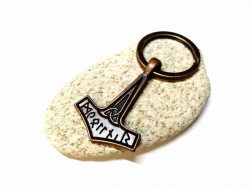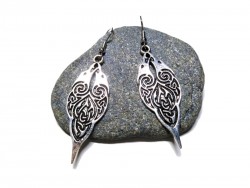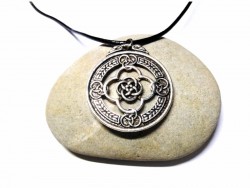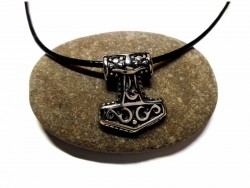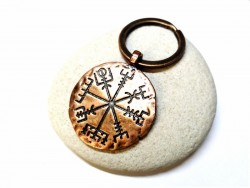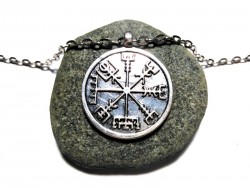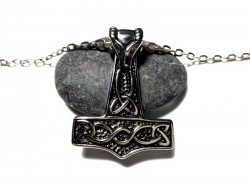Viking

Hail to Vikings fans!
Mjöllnir / Hammer of Thor, Valknut, magical runic staff (protection / compass rose), Valknut, raven (Hugin & Munin) or sun wheel as a jewel...
Find here a selection of Viking-style jewelry and accessories.
As a necklace, earrings, and also as a keychain, fibula brooch, etc., as a silver, gold, bronze and even copper metal pendant, or in a pattern made by us under a glass cabochon, La Blanche Hermine offers you a very wide choice, for a jewel for men or women, adults, teenagers or children, boy or girl.
Norse or Viking patterns
What is called "Norse" is what relates to the peoples of Scandinavia, namely the populations originally occupying the present-day countries of Denmark, Norway and Sweden, then which extended on the shores of the Baltic and the North Atlantic.
These Germanic tribes lived close to the Celts and many exchanges took place in pre-Roman times (2nd Celtic Iron Age), both commercial and artistic, as attested by the Gundestrup cauldron found in a bog of north of Jutland (Denmark), with Celtic-type patterns specific to those of Gaul between Seine and Loire from the 2nd to the 1st century BC.
Technically, we designate as "Vikings" the raiders but also the Nordic merchants between 793 (looting of the Lindisfarne Abbey) and 1066 (battle of Stamford Bridge). These 2 dates historically define the Viking period.
If patterns today are categorized as Nordic or Celtic, there is basically a common substrate, and divergences or even new convergences have subsequently developed and making it difficult to determine the origin.
In particular, Ireland experienced a strong Viking influence, from the first raids at the end of the 8th century until the end of their occupation of the island (mainly at coastal level) at the beginning of the 11th century, this which explains a strong Nordic influence in the Irish manuscripts of the time.
If these centuries were troubled in Western Europe, important cultural exchanges took place through the contribution of art objects, as shown for example by the use and development of knotworks from the hiberno-saxon area (and Mediterranean before).
Today, "Viking", "Norse", "Nordic" and "Scandinavian" are commonly used as synonyms.
Some examples of patterns ...
The Valknut
The Valknut ("Knot of the Killed") is a symbol of the god Odin which represents both the death of the warriors and the roots of the Yggdrasil tree which supports the Nine Worlds.
It is found on many period stelae.
This pattern can be composed of nine knotworked triangles, as shown on these pages under a glass cabochon, or of a single knotworked triangle close to the triqueter.
Ternary, it is one of the symbols often encountered in modern paganism.
The raven
The raven is very present among others in Norse mythologies (with in particular the ravens of Odin named Hugin and Munin) or even Celtic (with for example the deities Badb and Morrigan), often associated with battles and bloodshed.
The design shown on these pages in a glass cabochon comes from a 9th century Viking coin found in Yorkshire, England.
See also: On the use of symbols
